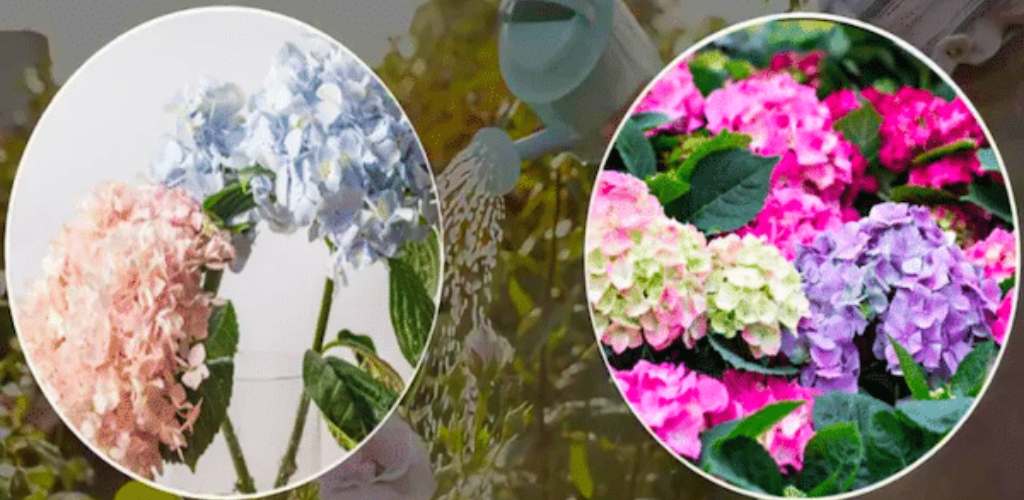Hydrangeas: The Florist’s Secret for Abundant Flowering and Strong, Shiny Leaves
Hydrangeas, with their large, spectacular flower balls, are popular shrubs in many gardens. Yet achieving abundant blooms and healthy, shiny leaves can be a challenge for many gardeners. Fortunately, florists have some well-kept secrets for growing stunning hydrangeas. In this article, we’ll reveal these tips to help you grow resplendent hydrangeas in your own garden.
1. Choose the Right Strain
There are many varieties of hydrangeas, each with their own flowering characteristics. The two main categories of hydrangeas are varieties flowering on old wood and varieties flowering on new wood.
- Flowering on Old Wood: These hydrangeas produce flower buds in the fall of the previous year. They are better suited to milder climates and should be pruned carefully, usually after flowering.
- Flowering on New Wood: These hydrangeas produce flower buds in spring, which makes them more resistant to late frosts. They are easier to prune and are better suited to colder climates.
Be sure to choose a hydrangea variety that suits your climate and flowering preferences.
2. Exposure to Sun and Shade
Most hydrangea varieties prefer a partial shade exposure, where they receive some morning or late afternoon sun, but are protected from the intense midday heat. However, varieties flowering on new wood generally tolerate more sun than those flowering on old wood. Make sure you understand the specific needs of your strain and choose location accordingly.
3. Soil Preparation
Hydrangeas thrive in well-drained soil rich in organic matter. Before planting, improve the quality of your soil by adding compost or potting soil. Soil pH is also essential in influencing flower color. More acidic soil will produce hydrangeas with blue flowers, while more alkaline soil will produce pink flowers. You can adjust the soil pH with appropriate amendments.
4. Suitable Size
The size of hydrangeas varies depending on the variety. Hydrangeas flowering on old wood are generally pruned after flowering, by cutting off dead or diseased stems. Hydrangeas flowering on new wood are pruned in spring, before growth begins. Avoid heavy pruning of hydrangeas, as this could compromise flowering.
5. Regular Watering
Hydrangeas need regular watering, especially in hot, dry weather. Keep the soil consistently moist, but avoid making it soggy, as this can lead to root rot problems. Mulching around the base of the plant can help retain soil moisture.
6. Appropriate Fertilization
Fertilize your hydrangeas in spring with a balanced fertilizer or a fertilizer specially formulated for hydrangeas. Avoid fertilizers high in nitrogen, as they promote leaf growth at the expense of flowering. Follow package directions for quantity and frequency of application.
7. Winter Care
In winter, protect your hydrangeas by mulching them with a thick layer of dead leaves or straw. This will help protect the roots from winter frosts. You can also cover the plant with a winter veil to protect it from wind and excessive cold.
By following these tips from florists, you can grow sumptuous hydrangeas that will delight you year after year with their abundant flowering and strong, glossy leaves. Remember that each strain may have specific needs, so be sure to research the strain you choose for the best results. With a little attention and care, your hydrangeas will be a real attraction in your garden.
